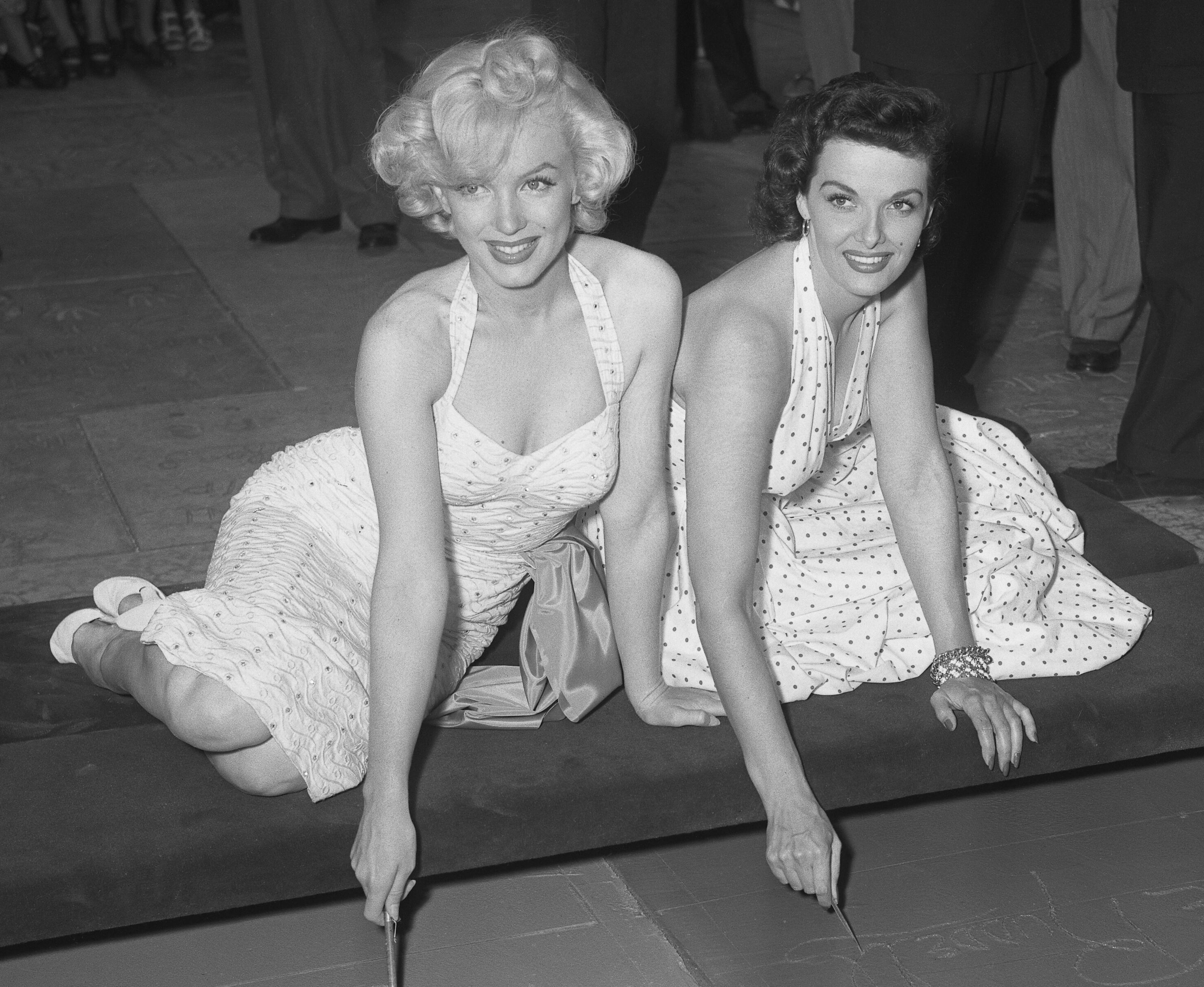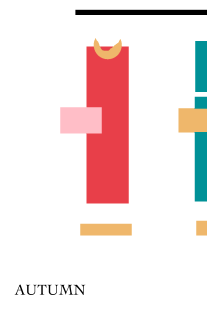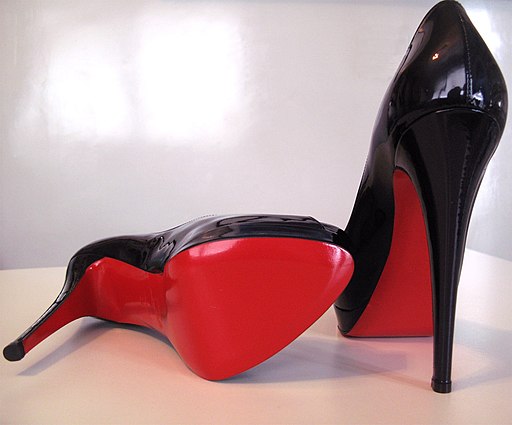Let's talk about Fantastical Beauty subtypes for a minute. Subtypes, mentioned in this post, have generated a lot of interest, and I suspect a few misconceptions that we can clear up today.
1. Does everyone have a subtype?
Not exactly. A subtype is shorthand for conveying a specific established flavor. It's a way of further personalizing your type in a way that is still categorical. If you find the idea of finding your FB archetype (which of the 9 fantastical beauty types) enough of a challenge, or thoroughly satisfying as an end point in your Fantastical Beauty style journey, that is perfectly fine. You do not need to fret about a subtype- they are simply there to play with if you find it helpful and/or enjoyable.
2. How many subtypes does each archetype have?
In a fantasy archetype analysis with me, you are given a unique moniker (e.g. Nina: The Scarlett Siren). This in itself can be seen as a personalized subtype. It's a very specific vision within one of the 9 Fantastical Beauty archetypes. Because of this, the number of subtypes possible is essentially limitless.
Some of the established subtypes can be found in multiple base archetypes, but the end result is different. For example, a Maenad forest witch is different from a Nymph forest witch, because they emerge from the mood, colors, and style lines of separate base types (see the type guides for more on lines as well as the pinboards for more on base mood).
3. Celebrity examples and subtypes?
Typing is a personal journey, and therefore it's extremely difficult to assign a base type to a celebrity, let alone a subtype. Celebrities are given distinct looks, often many different looks throughout their careers, and you rarely get the sense that you're seeing the core of the person. It can be fun to muse about their potential truths and archetype leanings, but this is done with a spoonful of salt.
4. Marilyn Monroe is a celebrity example who was requested in discussion of leanings and subtypes. Specifically it was asked that I do "A breakdown of Marilyn Monroe's looks--are they Seer leaning Angel or do they veer into being completely Angel? Can she have Angel as a leaning or would she be a specific sub-set within Seer?
Those of you in our Fantastical Beauty Facebook group know that it's usually better to call a line than a type (and when trying to help one another, we stop at a grouping of four potential types). Monroe's line is indeed Angel / Seer. We would have to be able to talk to her directly to call which side of the line her base truly is.
That said, for the sake of playing, I'd guess her to be a Seer leaning toward Angel. The Three Fates are a subtype possibility for both Seers and Angels, and that might be something to explore for her. In a modern Seer leaning Angel makeover, we'd return her to her natural hair color, let it grow a bit and add waves. We would follow the Seer type guide for at least 60% of her look, and adding up to 40% of the Angel guidelines.
Part of the question was a request to breakdown not Monroe herself, but the different looks she was seen in- for various movie roles or otherwise.
Looking quite Seer here in the red.
This (photo above) would be Angel.
It's hard to see here, but the above image looks to be Angel leaning Seer.
Which image of Monroe's (above or seen elsewhere) do you like best for her?
If you want to link Monroe images in the comments and have me comment on them, you're welcome to do so.








